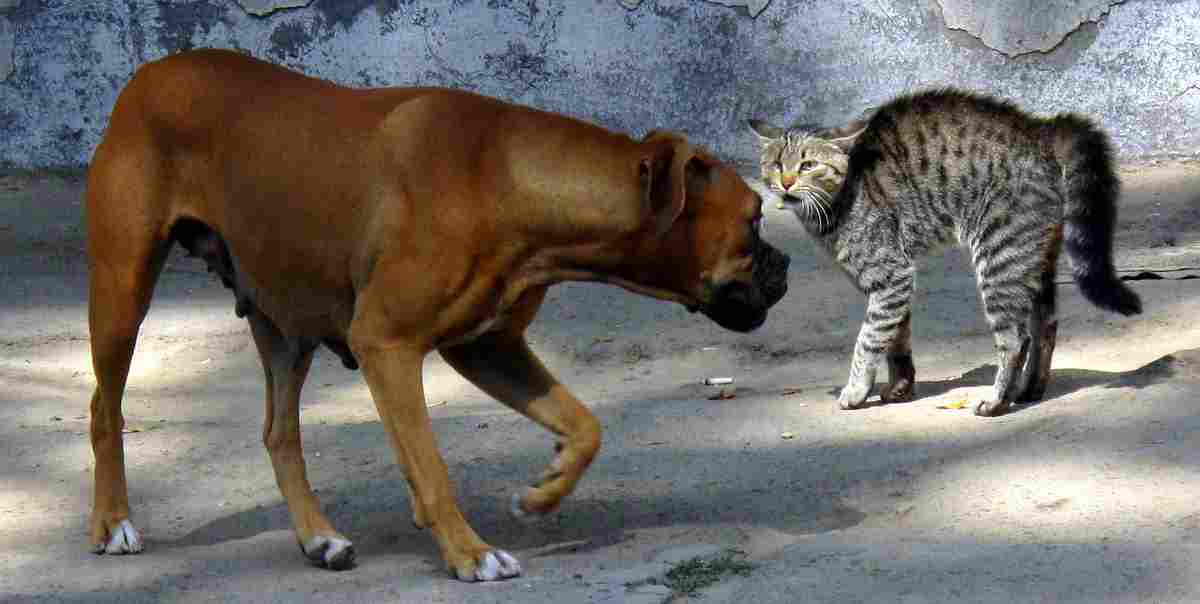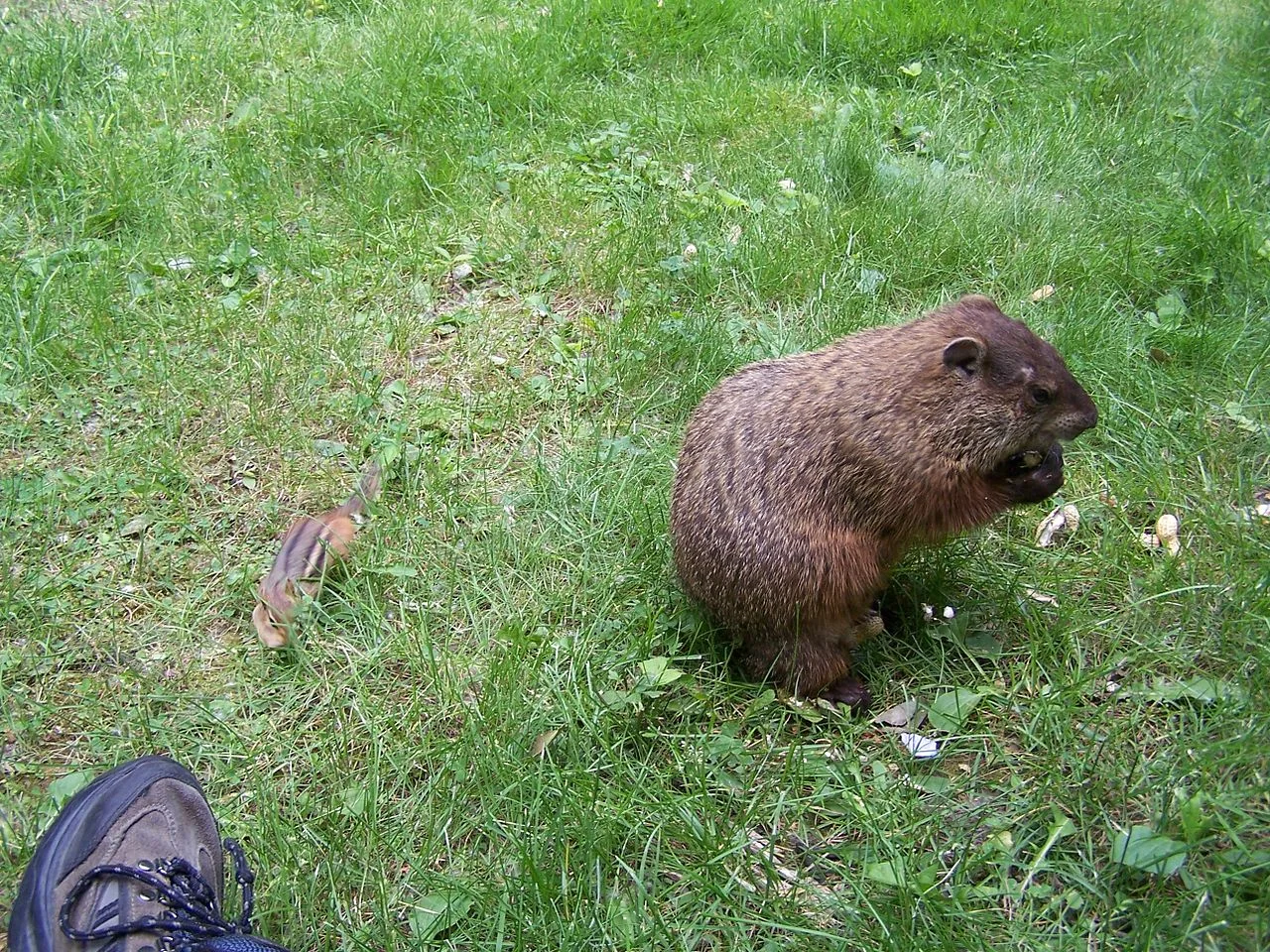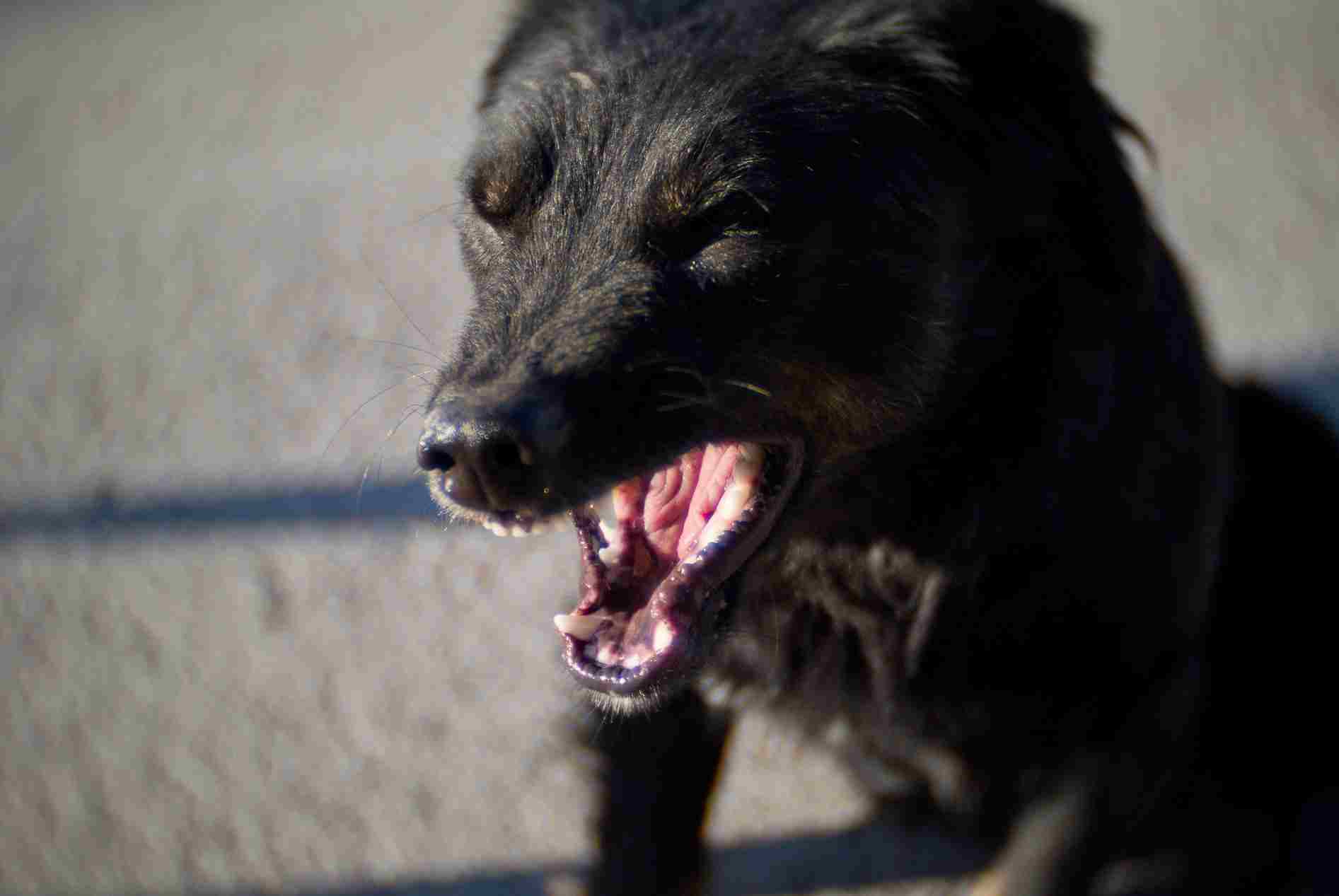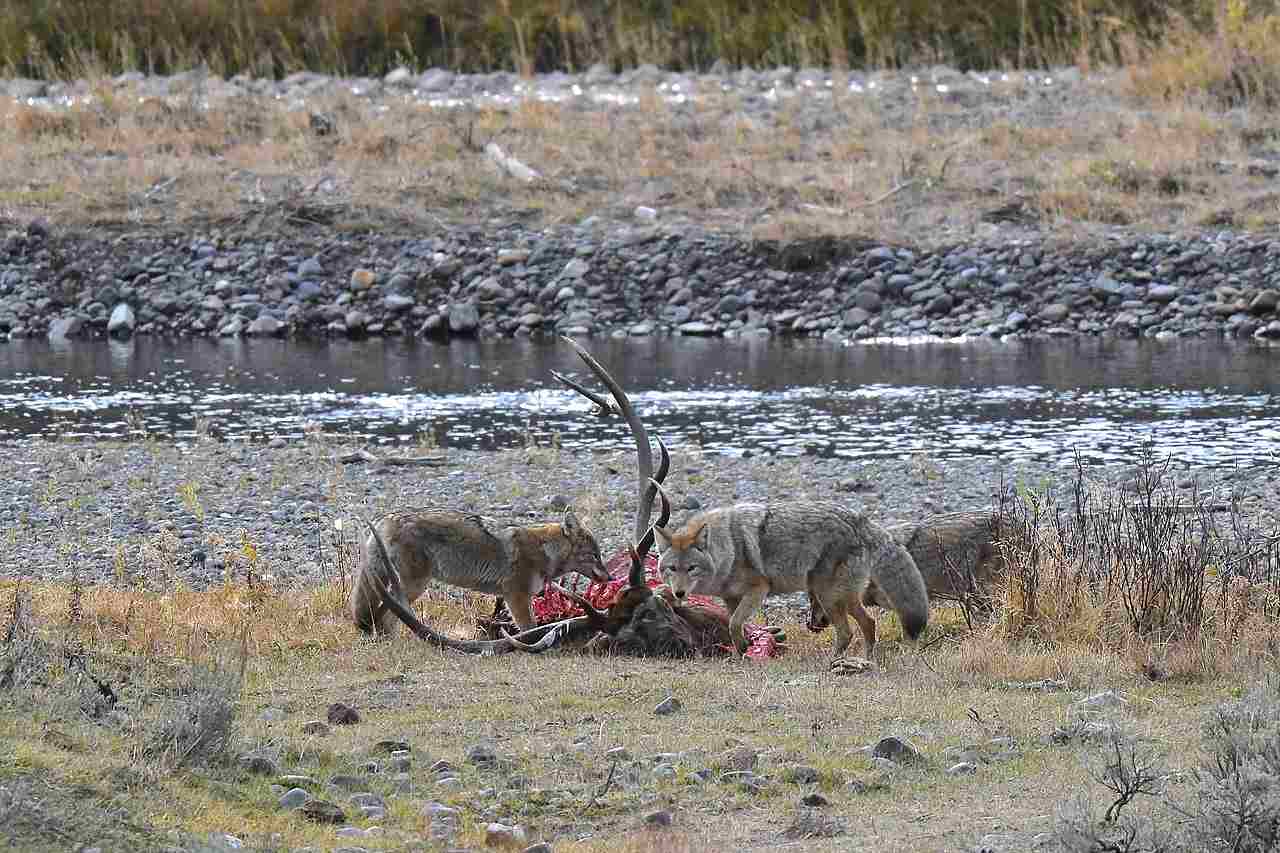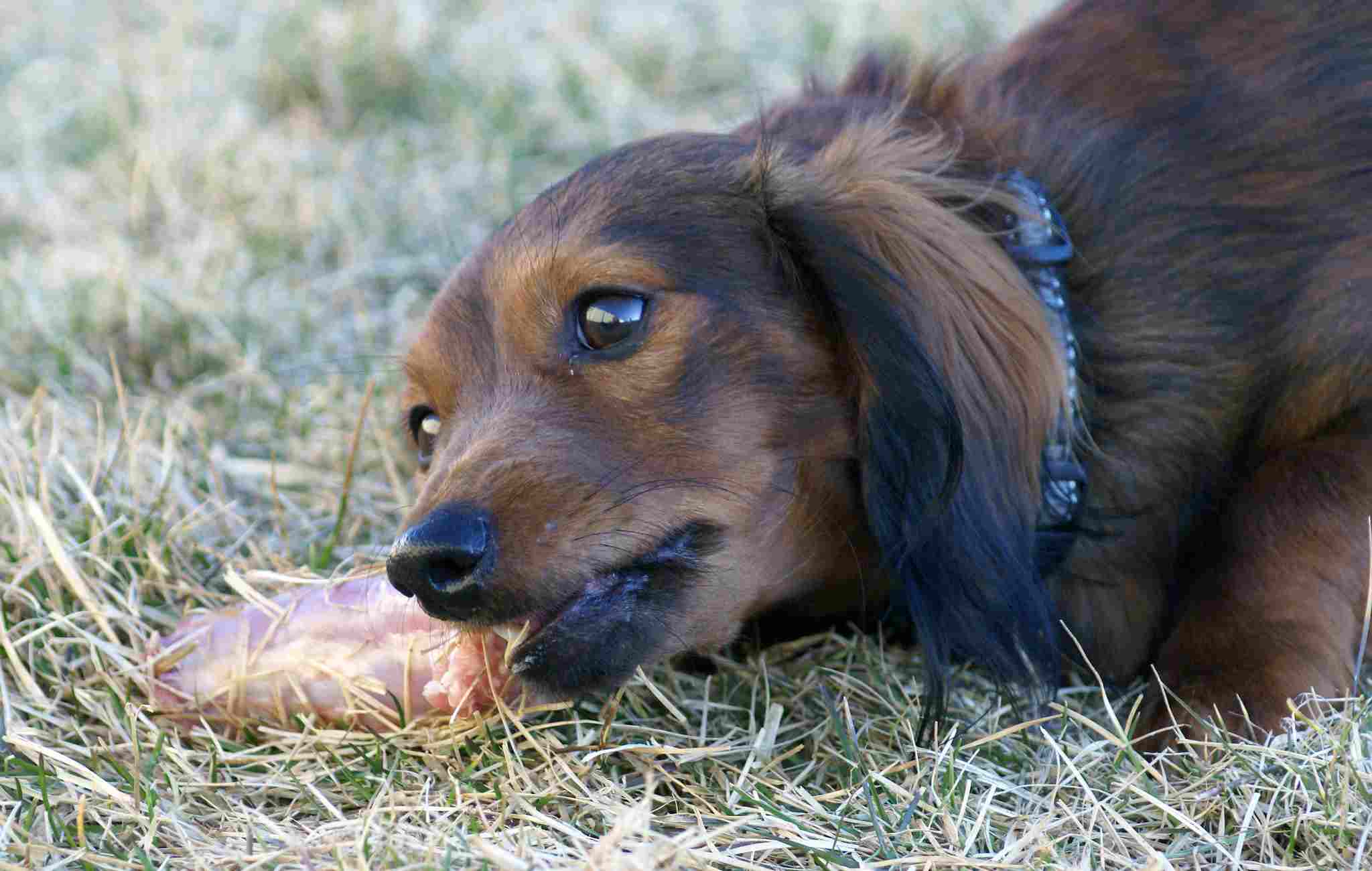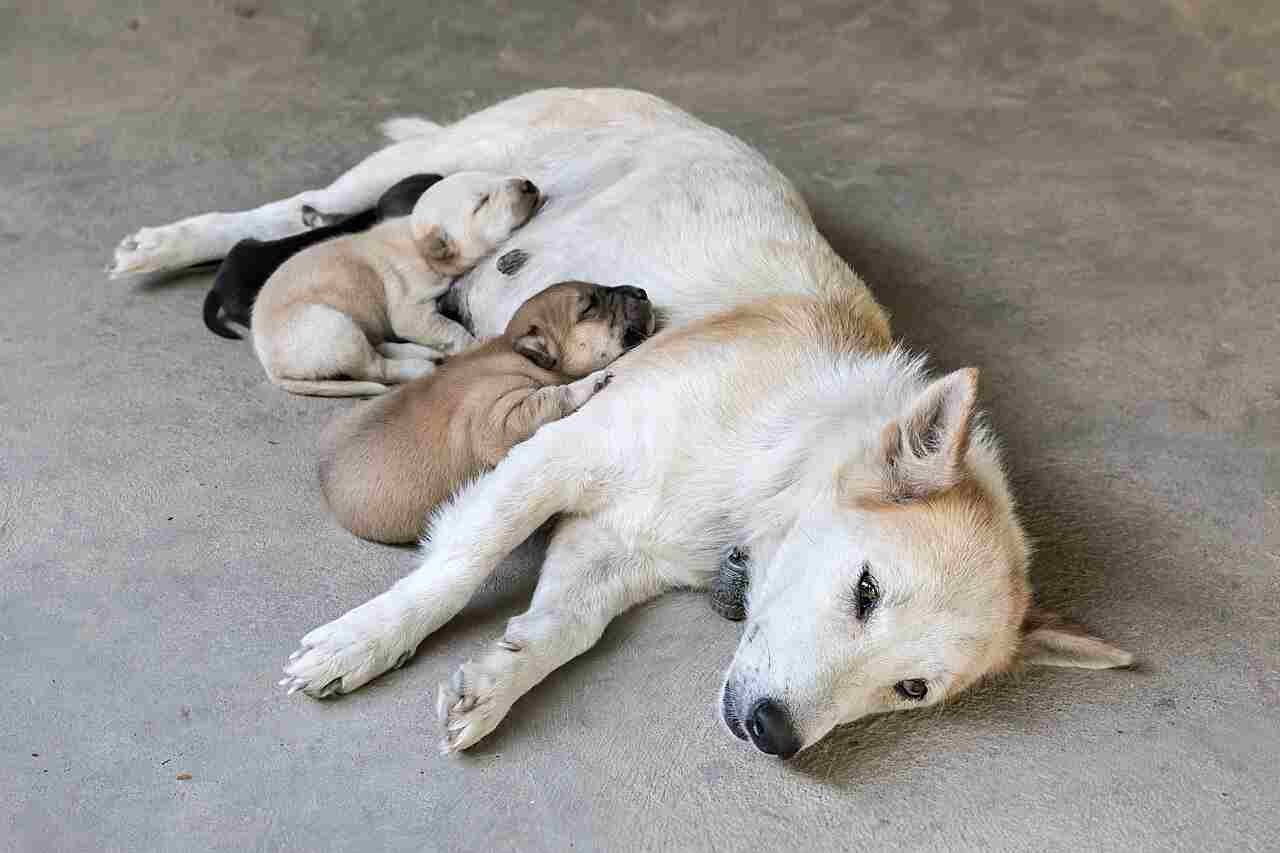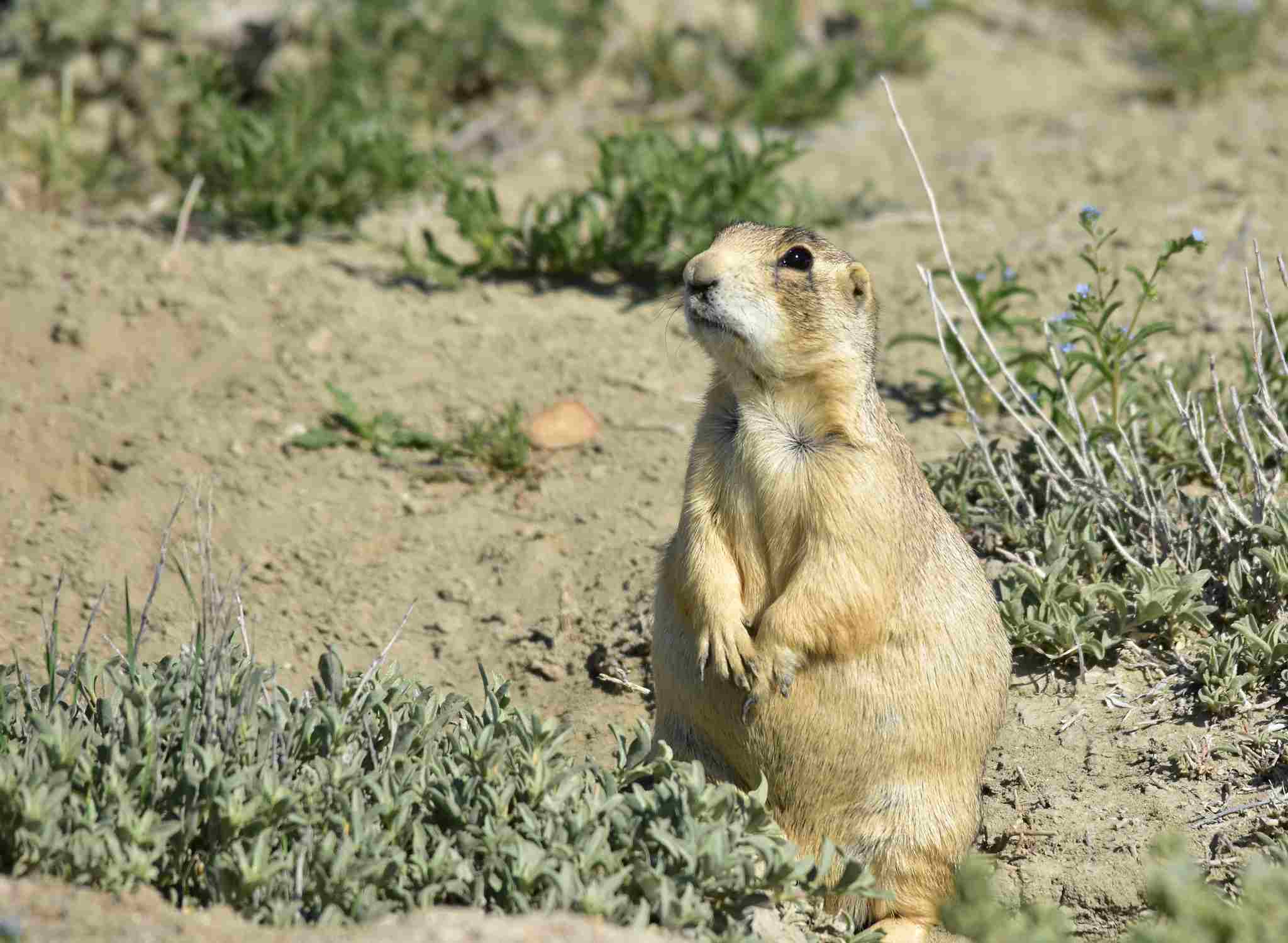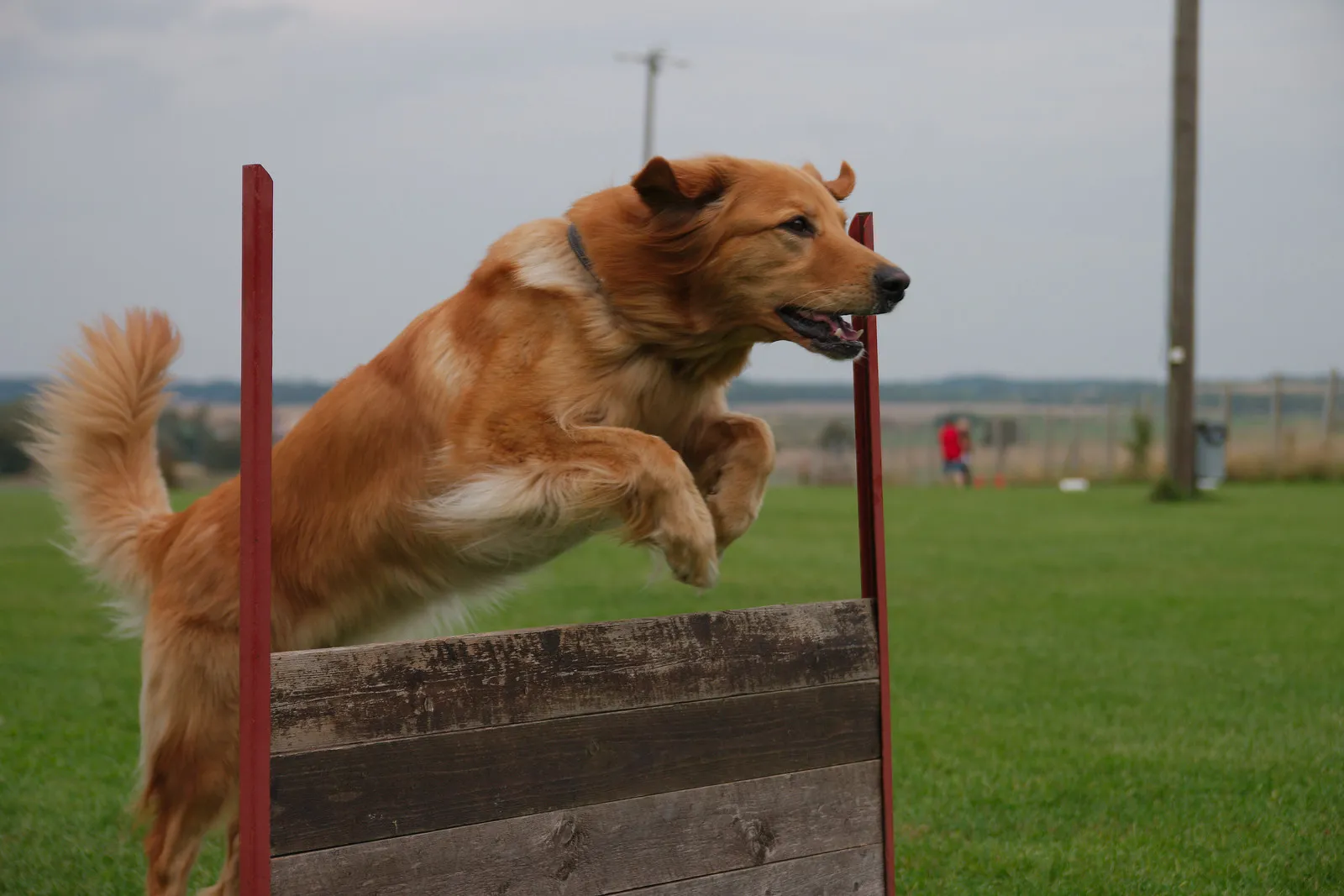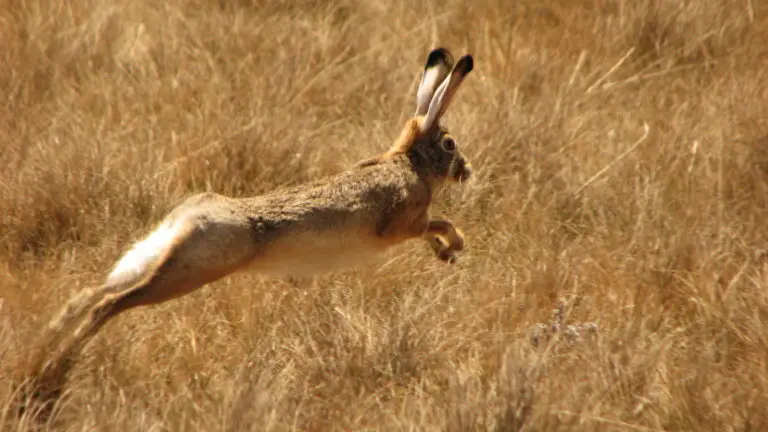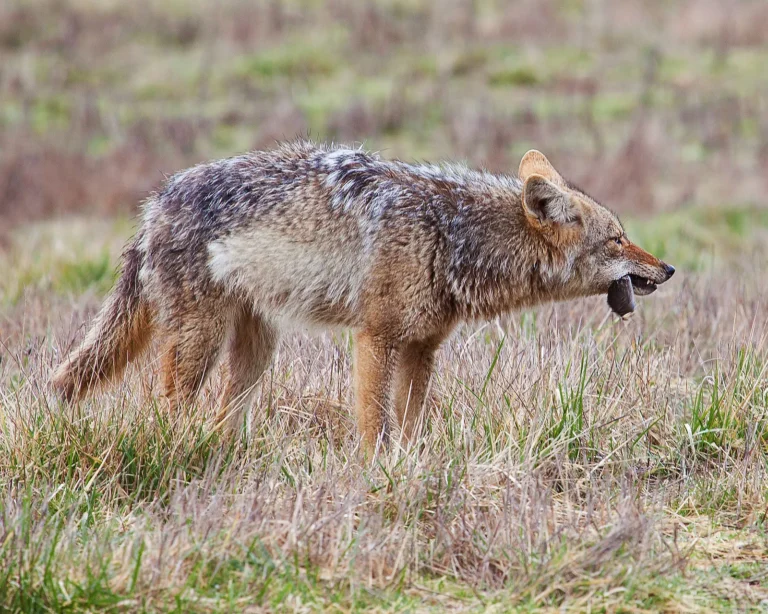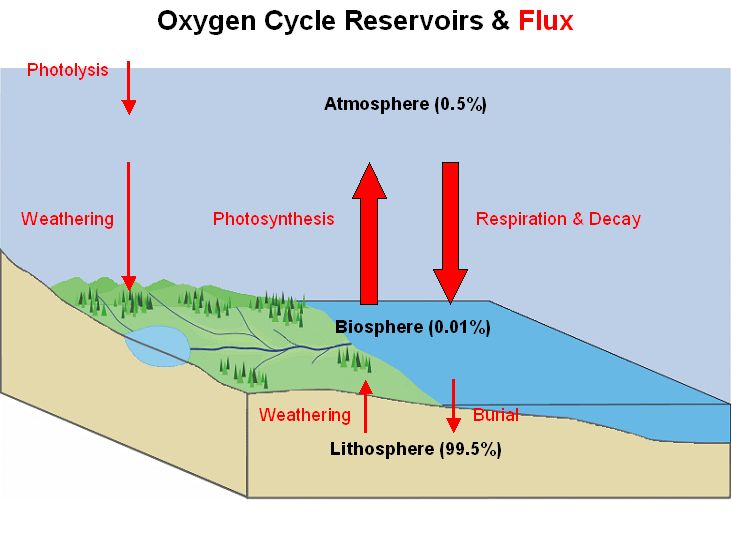Coyote Vs Coydog Size, Weight, Ecological Comparison
Coyotes and coydogs, a hybrid of domestic dogs and coyotes, engage in an intriguing interplay of biological and physical characteristics.
This comparative analysis explores various factors, including taxonomy, appearance, size, weight, bite force, physical offensive and defensive advantages, speed, agility, overall physical capacity, habitat preferences, lifespan, feeding habits, social behavior, reproduction methods, parental behavior, proximity to human-inhabited areas, behavior toward humans, danger posed to humans, associated precautions, and conservation status. The central focus is on evaluating the potential outcome in a physical confrontation between a coyote and a coydog, considering the influence of the dog parent’s breed.
Coyote vs Coydog: Who Will Win in a Fight/Physical Confrontation?
1). Influence of Dog Breed Size:
– The outcome of a coyote vs coydog confrontation depends heavily on the size of the dog breed involved. Larger dog breeds may produce coydogs with a size advantage, enabling them to overpower coyotes based on sheer physical dimensions.
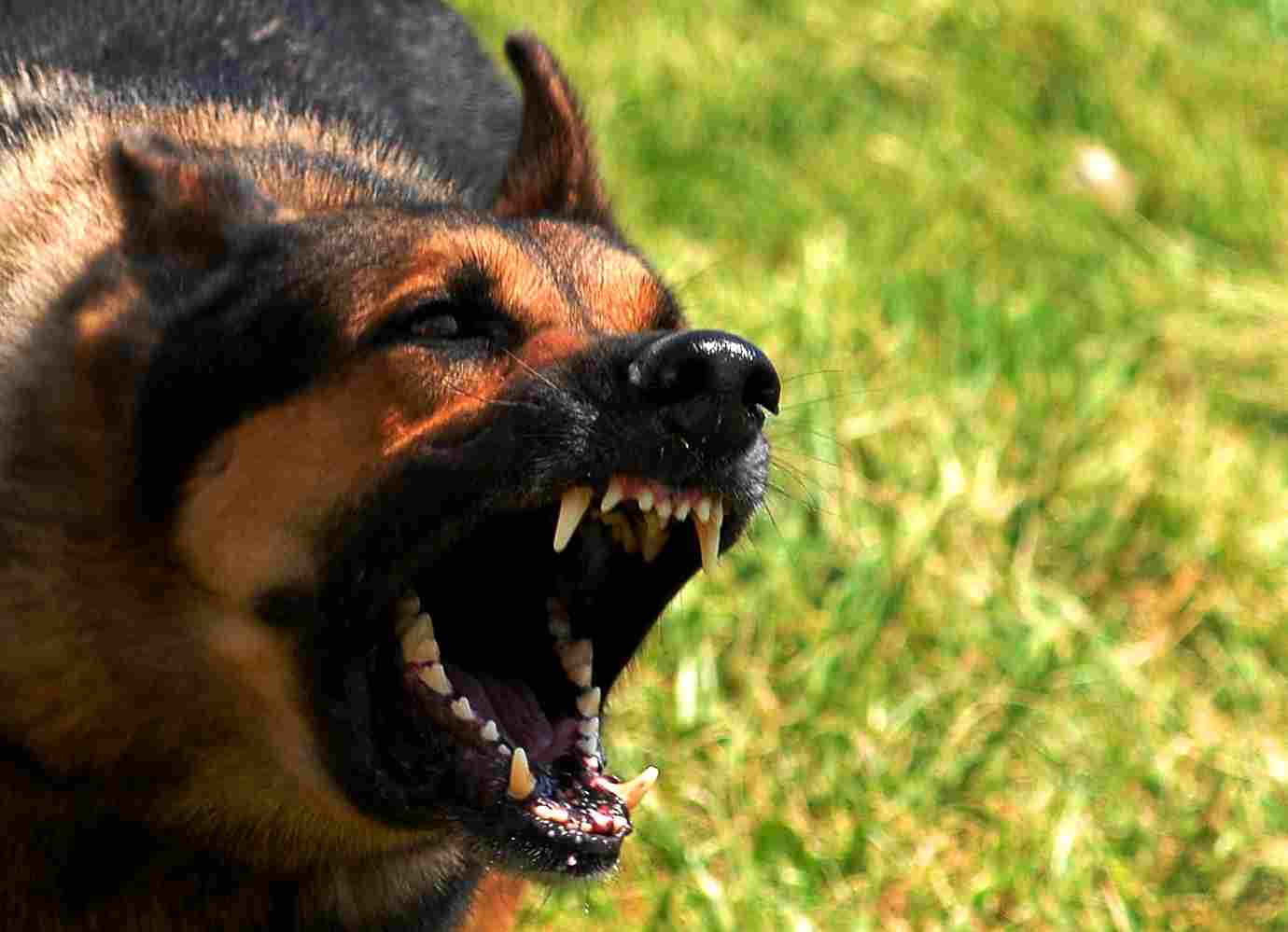
2). Wild Predatory Instincts of Coyotes:
– Despite potential size advantages of certain coydogs, the wild predatory instincts ingrained in coyotes may provide them with a strategic edge in confrontations. The coyote’s innate hunting skills and agility can influence the dynamics of a physical encounter.
The varied outcomes in coyote vs coydog confrontations underscore the complex interplay between domestication and wild instincts, emphasizing the potential impact of the specific dog breed involved in shaping the abilities of the hybrid coydog.
*Details of Comparison
| Aspect | Coyote | Coydog |
| Taxonomy | Family: Canidae Genus: Canis Species: latrans |
Hybrid resulting from coyote and domestic dog mating, taxonomy varies based on dog breed.
|
| Appearance | Slender, bushy-tailed, varied fur coloration |
Mix of coyote and domestic dog features, variable fur color based on dog breed.
|
| Size | 32-37 inches body length, 23-26 inches shoulder height |
Varies, influenced by specific domestic dog breed.
|
| Weight | 15-46 pounds |
Variable, depends on the dog breed involved.
|
| Bite Force | Strong bite force for hunting |
Variable, influenced by dog breed traits.
|
| Offensive Advantages | Agile, strong jaws |
Influenced by domestic dog traits.
|
| Defensive Advantages | Agility, sharp claws and teeth |
Defensive capabilities vary based on dog breed.
|
| Speed | Up to 40 mph |
Variable, depends on domestic dog breed.
|
| Agility | Highly agile for varied terrains |
Varies based on specific domestic dog breed.
|
| Physical Capacity | Balanced combination of speed, agility, and strength |
Varies based on domestic dog breed traits.
|
| Habitat Preference(s) | Thrives in diverse environments |
Influenced by both coyote and dog traits.
|
| Tracks | Four toe pads with claw marks |
Varies, influenced by domestic dog parent.
|
| Lifespan | 10-14 years (wild) |
Variable, influenced by domestic dog breed.
|
| Feeding | Omnivorous, diverse diet |
Influenced by coyote and dog traits.
|
| Social Behavior | Lives in family groups, cooperative hunting |
Varies, influenced by coyote and dog traits.
|
| Reproduction | Monogamous, pair bonding during breeding |
Influenced by domestic dog parent, varies.
|
| Parental Behavior | Both parents actively raise and protect offspring |
Varies, influenced by coyote and dog traits.
|
| Proximity to Humans | Adapts to urban and suburban environments |
Varies, influenced by domestic dog traits.
|
| Behavior Toward Humans | Generally wary, occasional aggression |
Varies, influenced by specific dog breed.
|
| Danger to Humans | Rarely poses significant danger, occasional risks |
Minimal danger, similar to coyotes.
|
| Precautions | Secure pets, avoid feeding, educate for coexistence |
Similar precautions with consideration for behavior variability.
|
| Conservation Status | Least concern |
Not separately assessed, considered within domestic dog context.
|
| Conclusion | Similarities in canid lineage, adaptation to human areas |
Differences in standardized traits, variability influenced by dog breed.
|
1. Taxonomy
Coyote (Canis latrans):
Family: Canidae
Genus: Canis
Species: latrans
Coydog:
Coydogs are hybrids resulting from the mating of coyotes and domestic dogs.
Taxonomy varies based on the specific domestic dog breed involved.
2. Appearance

Coyote (Canis latrans):
Typically has a slender, bushy-tailed appearance with erect ears.
Fur coloration varies, ranging from grayish-brown to yellowish-gray.
Well-adapted for camouflaging in a variety of environments.
Coydog:
Displays a mix of coyote and domestic dog characteristics in appearance.
Fur color and pattern can vary widely depending on the specific dog breed involved.
May inherit traits like a bushy tail or erect ears from the coyote parent.
Comparison: Coyotes have a more standardized appearance, while coydogs exhibit a blend of coyote and domestic dog features.
Ecological Implications: The appearance of both coyotes and coydogs plays a role in their ecological interactions. Coyotes’ adaptive coat coloration aids in stealth hunting, while the diverse appearances of coydogs may influence their integration into ecosystems, potentially impacting local wildlife dynamics.
3. Size
Coyote:
Adult coyotes typically have a body length ranging from 32 to 37 inches.
Shoulder height varies around 23 to 26 inches.
Coydog:
Size can vary significantly depending on the domestic dog breed involved. may inherit a size closer to that of the dog parent.
Comparison: Coyotes generally have a more consistent size, while coydogs can display a range of sizes influenced by the specific dog breed.
4. Weight
Coyote:
Adult coyotes weigh between 15 to 46 pounds, with variations based on geography.
Coydog:
Weight varies depending on the specific dog breed involved, potentially exceeding or falling below typical coyote weight.
Comparison: Coyotes typically have a more standardized weight range compared to the variable weights of coydogs.
5. Bite Force
Coyote:
Coyotes have a strong bite force, crucial for hunting and consuming a varied diet.
Coydog:
Bite force may vary based on the dog breed involved, potentially influencing hunting capabilities.
Comparison: Coyotes and coydogs may exhibit differences in bite force, impacting their efficiency in hunting and adapting to local prey availability.
Ecological Implications: Variability in size and bite force between coyotes and coydogs can influence their roles in ecosystems, affecting interactions with prey species and potential competition with other predators.
6. Physical Offensive Advantages
Coyote:
Sharp teeth and strong jaws contribute to effective hunting.
Agile and capable of pursuing prey over various terrains.
Coydog:
May inherit physical advantages from the domestic dog parent, such as enhanced stamina or specialized traits depending on the breed.
Comparison: Coyotes typically possess well-adapted offensive traits, while coydogs may vary in their capabilities based on the specific dog breed involved.
7. Physical Defensive Advantages
Coyote:
Excellent agility for evading predators or threats.
Sharp claws and teeth serve as defensive mechanisms.
Coydog:
Defensive capabilities depend on the inherited traits from the domestic dog parent.
Comparison: Coyotes generally have evolved defensive adaptations, whereas coydogs rely on a mix of coyote and domestic dog traits for defense.
8. Speed
Coyote:
Capable of reaching speeds up to 40 miles per hour.
Swift runners, aiding in chasing down prey.
Coydog:
Speed varies depending on the dog breed involved, potentially influencing hunting or escape capabilities.
Comparison: Coyotes exhibit consistent high-speed capabilities, while coydogs may vary in their speed based on the inherited traits from the domestic dog parent.
Ecological Implications: Differences in offensive and defensive traits, as well as speed, can impact the ecological roles of coyotes and coydogs, influencing their interactions with prey, predators, and their ability to adapt to various environments.
9. Agility
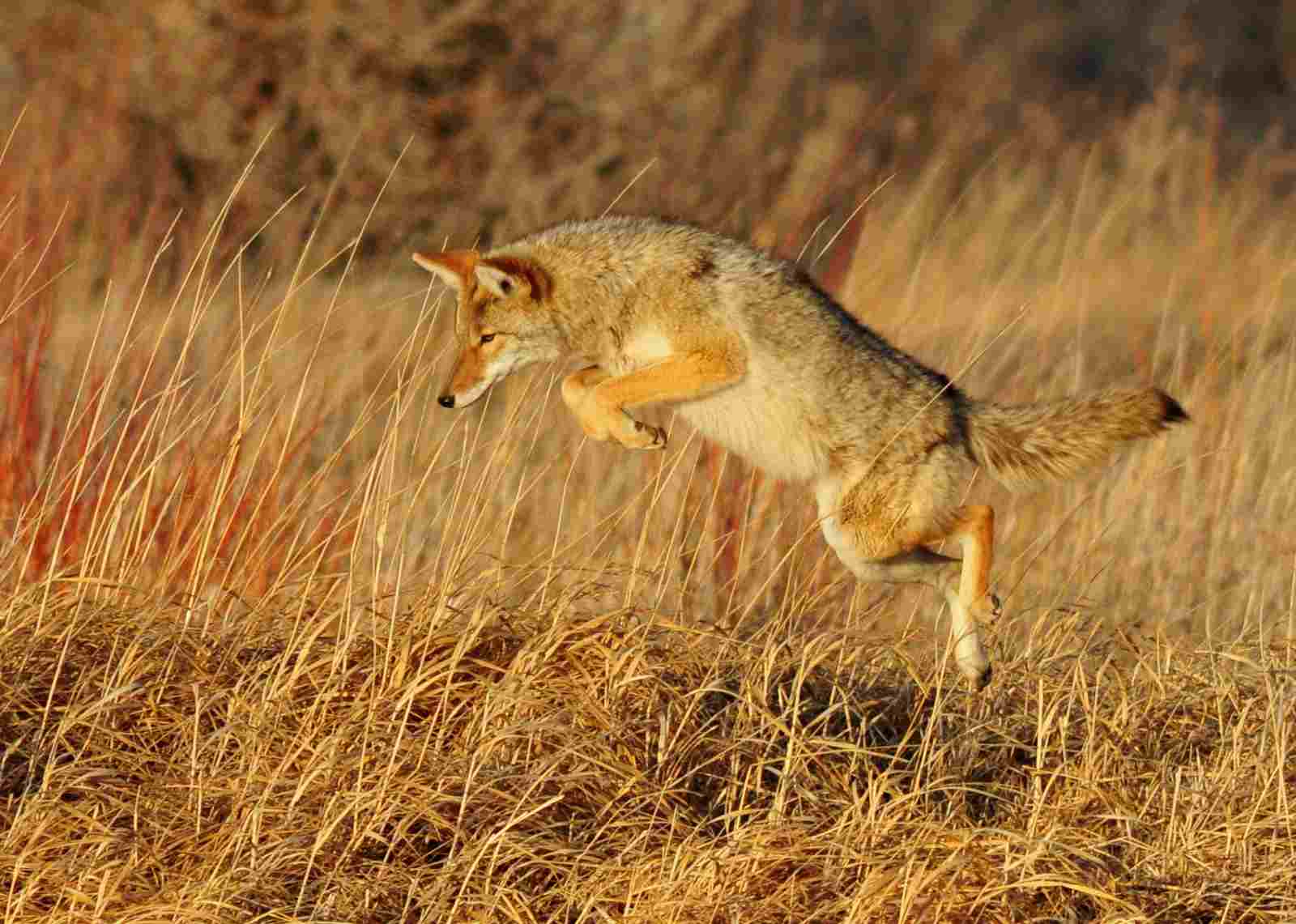
Coyote:
Highly agile, capable of navigating diverse landscapes with ease.
Agility aids in hunting and evading predators or threats.
Coydog:
Agility depends on the specific dog breed involved, influencing the hybrid’s ability to navigate different terrains.
Comparison: Coyotes generally exhibit consistent agility, while coydogs’ agility varies based on the inherited traits from the domestic dog parent.
10. Overall Physical Capacity
Coyote:
Possesses a well-adapted physique for survival in a variety of ecosystems.
Balanced combination of speed, agility, and strength.
Coydog:
Physical capacity influenced by the specific domestic dog breed involved, leading to variability.
Comparison: Coyotes often have a standardized and versatile physical capacity, whereas coydogs showcase variability influenced by their domestic dog genetics.
11. Habitat Preference(s)
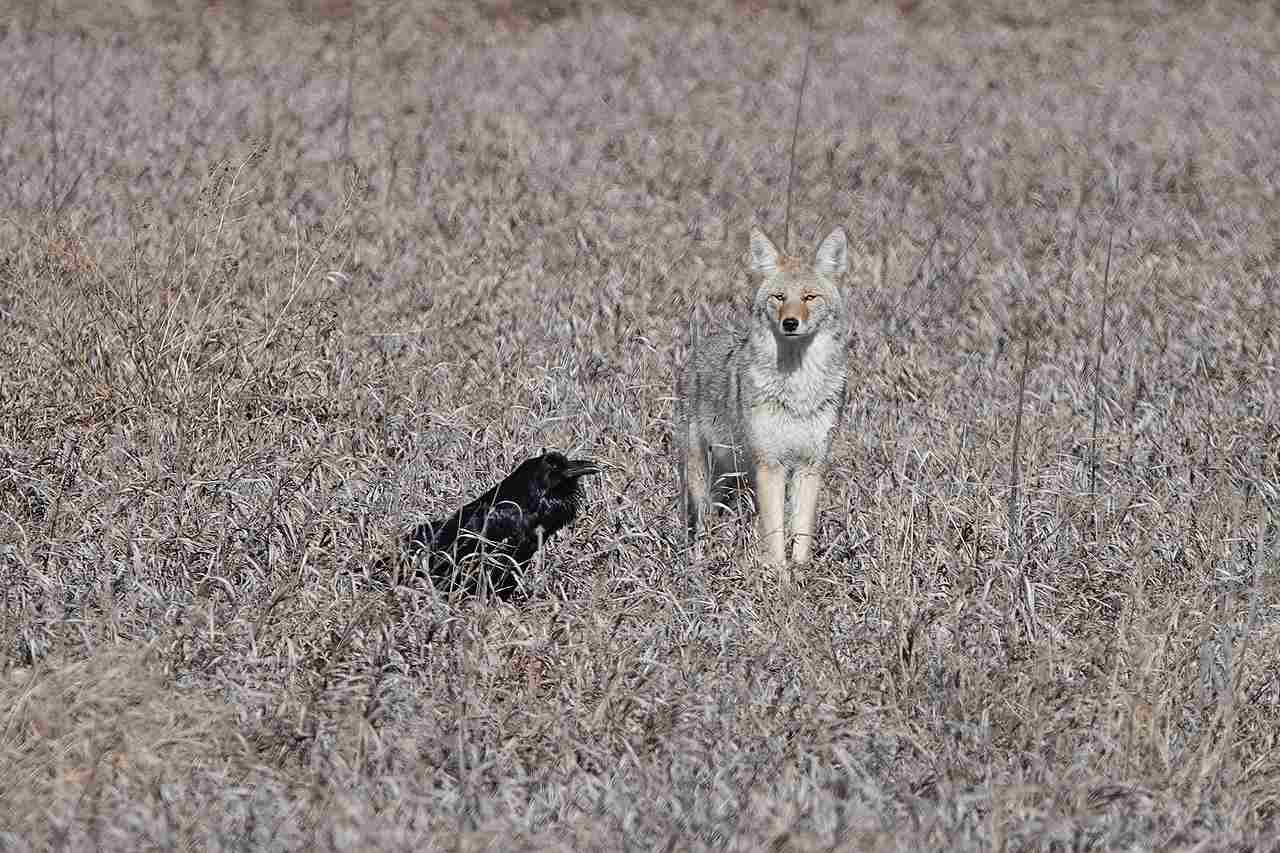
Coyote:
Thrives in diverse environments, including forests, grasslands, deserts, and urban areas.
Adaptability contributes to their widespread distribution.
Coydog:
Habitat preference influenced by the specific dog breed involved, adapting to environments suitable for both coyote and domestic dog traits.
Comparison: Coyotes exhibit a broad habitat range, while coydogs’ habitat preferences may vary based on inherited traits from the domestic dog parent.
Ecological Implications: Variations in agility, overall physical capacity, and habitat preferences contribute to the ecological roles of coyotes and coydogs, influencing their adaptability to different ecosystems and potential competition with other species.
12. Tracks
Coyote:
Paw prints typically show four toe pads with claw marks.
Track size corresponds to their body size, aiding in identification.
Coydog:
Tracks may vary depending on the specific domestic dog breed involved, showing a mix of coyote and dog characteristics.
Comparison: Coyote tracks exhibit consistency in the number of toe pads and claw marks, while coydog tracks may display variability influenced by the domestic dog parent.
13. Lifespan
Coyote:
Typically lives 10 to 14 years in the wild.
Longevity influenced by factors like food availability and predation risk.
Coydog:
Lifespan varies based on the domestic dog breed involved, potentially reflecting the average lifespan of the specific breed.
Comparison: Coyotes generally have a standardized lifespan, while coydogs’ lifespans depend on the inherited traits from the domestic dog parent.
14. Mode of Feeding
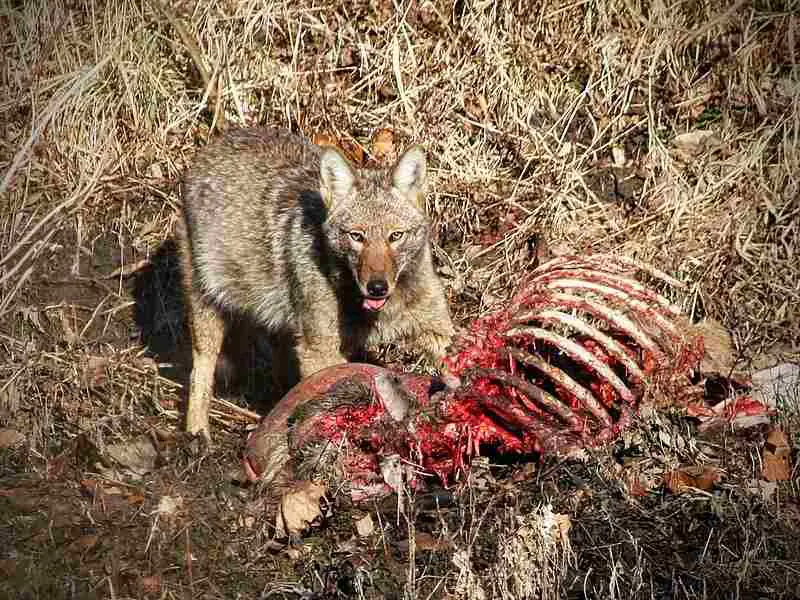
Coyote:
Omnivorous diet includes small mammals, birds, fruits, and carrion.
Adaptability allows them to exploit various food sources.
Coydog:
Feeding habits influenced by the specific domestic dog breed involved, potentially exhibiting a mix of coyote and dog dietary preferences.
Comparison: Coyotes display a versatile omnivorous diet, while coydogs’ feeding habits may vary based on the domestic dog parent’s characteristics.
Ecological Implications: Differences in tracks, lifespan, and feeding habits contribute to the ecological roles of coyotes and coydogs, affecting their interactions with prey, competitors, and overall ecosystem dynamics.
15. Social Behavior
Coyote:
Often exhibits complex social structures, living in family groups.
Cooperative hunting and rearing of offspring are common behaviors.
Coydog:
Social behavior influenced by both coyote and domestic dog traits, varying based on the specific dog breed involved.
Comparison: Coyotes typically display consistent social structures, while coydogs’ social behavior may vary based on the inherited traits from the domestic dog parent.
16. Mode of Reproduction
Coyote:
Typically monogamous, forming long-term pair bonds during the breeding season.
Female coyotes give birth to a litter of pups once a year.
Coydog:
Reproductive behavior influenced by the domestic dog parent, potentially varying in terms of pair bonding and breeding frequency.
Comparison: Coyotes generally exhibit a consistent mode of reproduction, while coydogs’ reproductive behavior may differ based on the specific dog breed involved.
17. Parental Behavior
Coyote:
Both parents actively participate in raising and protecting their offspring.
Pups remain with the family group until they are old enough to fend for themselves.
Coydog:
Parental behavior influenced by both coyote and domestic dog traits, potentially leading to variations in caregiving patterns.
Comparison: Coyotes typically show consistent parental behavior, while coydogs’ parenting patterns may vary based on the inherited traits from the domestic dog parent.
Ecological Implications: Differences in social behavior, reproductive strategies, and parental care contribute to the ecological roles of coyotes and coydogs, influencing their impact on local ecosystems and interactions with other species.
18. Proximity to Human-Inhabited Areas
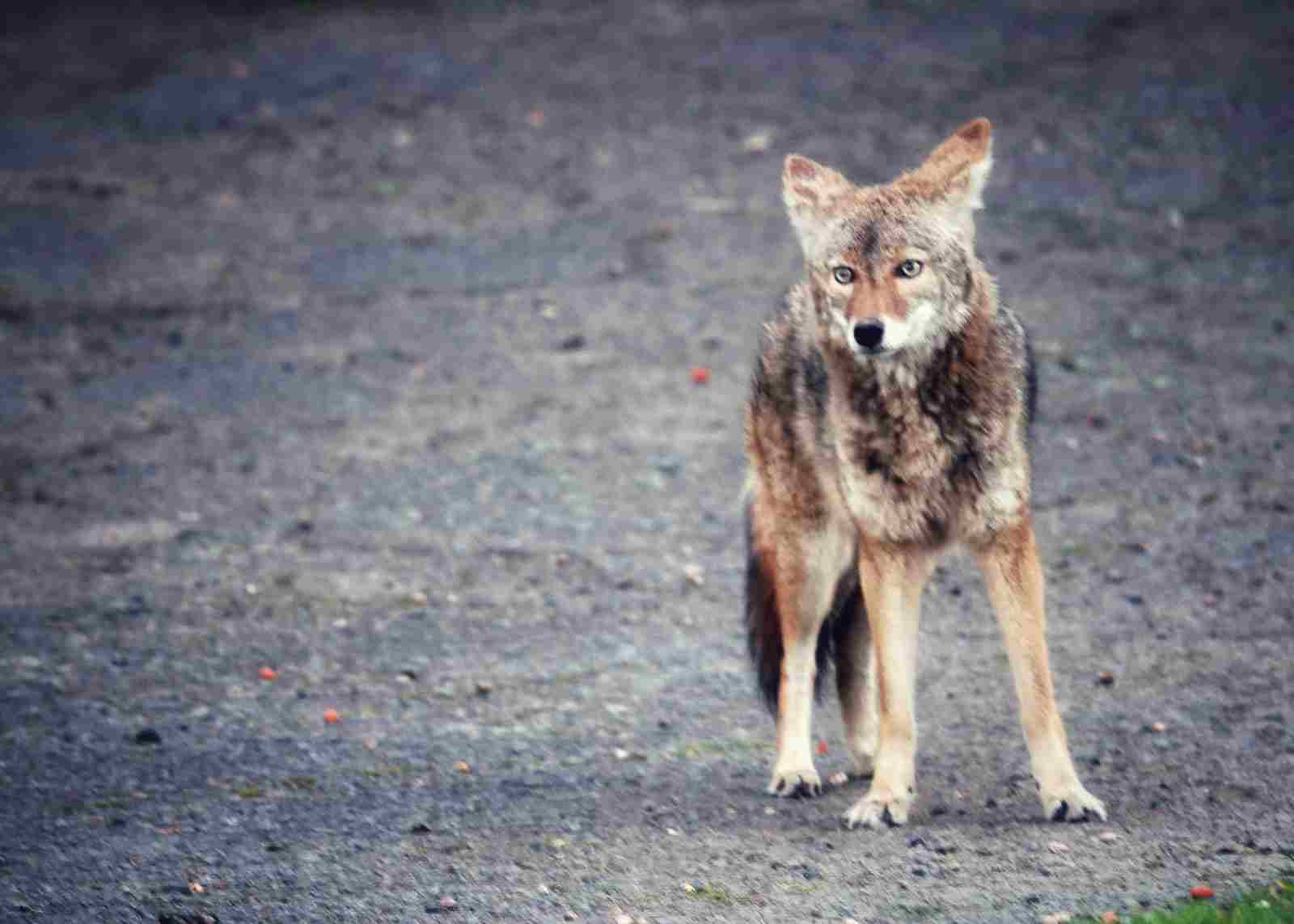
Coyote:
Adapted to urban and suburban environments, often coexisting with humans.
May utilize human resources like garbage and pet food, leading to increased encounters.
Coydog:
Proximity influenced by the domestic dog parent’s adaptability to human environments.
Behavior may vary based on the specific dog breed involved.
Comparison: Coyotes and coydogs may both exhibit proximity to human-inhabited areas, with coydogs potentially displaying varied behavior influenced by the domestic dog parent.
19. Behavior Toward Humans
Coyote:
Generally wary of humans but may become habituated, especially in urban settings.
Rare instances of aggressive behavior, often associated with protecting offspring or territory.
Coydog:
Behavior varies and can be influenced by the specific domestic dog breed involved.
May display a range of responses from wariness to friendliness, depending on inherited traits.
Comparison: Coyotes and coydogs may exhibit varying behaviors toward humans, with coydogs potentially showing a broader range influenced by the domestic dog parent.
20. Danger Posed to Humans
Coyote:
Rarely pose a significant danger to humans; attacks are infrequent.
Encounters are often non-confrontational, and most coyotes avoid direct conflicts.
Coydog:
Danger may vary based on the specific dog breed involved and the individual animal’s behavior.
Generally, coydogs may present similar risks as coyotes, depending on inherited traits.
Comparison: Both coyotes and coydogs generally pose minimal danger to humans, with occasional risks associated with specific circumstances or individual behavior.
Ecological Implications: The proximity to human-inhabited areas, behavior toward humans, and potential danger posed to humans contribute to the coexistence challenges and conservation considerations for coyotes and coydogs in human-dominated landscapes.
21. Associated Precautions
Coyote:
Residents in areas with coyote presence are often advised to secure pets, avoid feeding coyotes, and eliminate attractants.
Encouraging coexistence through education and responsible pet ownership is a common approach.
Coydog:
Similar precautions apply, with additional consideration for the variability in behavior based on the specific domestic dog breed involved.
Responsible ownership and management are crucial to mitigate potential risks.
Comparison: Precautions associated with coyotes and coydogs overlap, emphasizing responsible coexistence measures and pet management.
22. Conservation Status
Coyote:
Generally considered a species of least concern.
Thrives in various habitats, and population control measures may be implemented in urban areas.
Coydog:
Conservation status not separately assessed; considered within the broader context of domestic dogs and potential hybridization concerns.
Comparison: Coyotes have a defined conservation status, while coydogs are not independently assessed, as their status is often considered within the broader context of domestic dogs.
Conclusion
Similarities:
Both coyotes and coydogs share a canid lineage and may exhibit overlapping ecological niches.
Both can adapt to human-inhabited areas, leading to coexistence challenges and management considerations.
Differences:
Coyotes display more standardized characteristics in size, behavior, and ecology.
Coydogs exhibit variability in traits influenced by the specific domestic dog breed involved, impacting their behavior and ecological roles.
